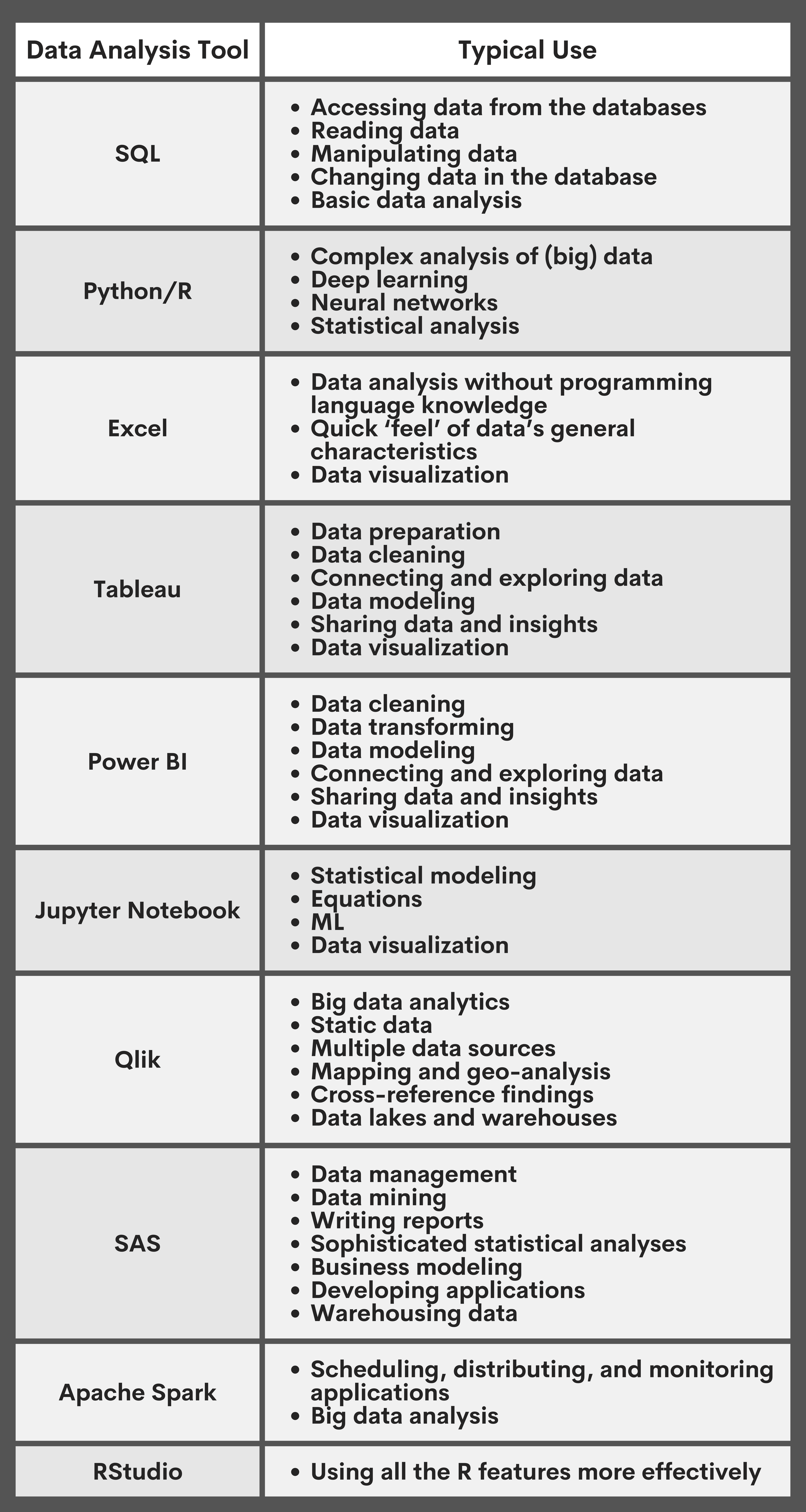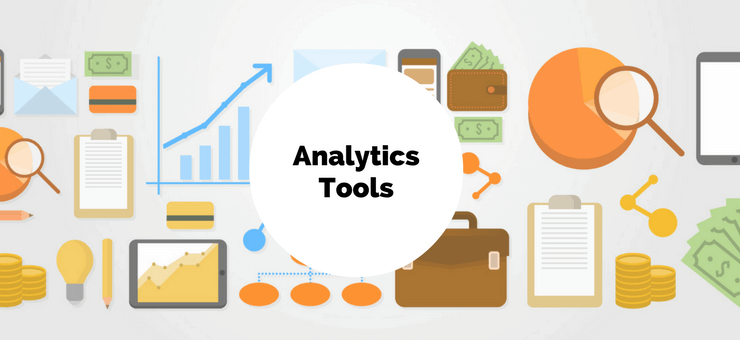Boost Performance and Earnings With Data Analytics
In today's data-driven landscape, businesses are increasingly acknowledging the pivotal duty of data analytics in boosting operational effectiveness and productivity. By systematically assessing data, companies can reveal essential understandings that inform strategic decisions, streamline procedures, and dressmaker client experiences.
Comprehending Data Analytics
In today's data-driven landscape, comprehending information analytics is necessary for organizations intending to improve functional performance and drive success. Data analytics involves the methodical computational analysis of information collections to uncover patterns, correlations, and understandings that educate decision-making. By employing various methods, such as analytical analysis, device learning, and predictive modeling, companies can transform raw information into actionable knowledge.
The procedure usually starts with information collection, where pertinent details is collected from several sources, including transactional databases, consumer interactions, and market patterns. This data is then cleaned up and arranged to make certain precision and uniformity. As soon as the data is prepared, logical tools and software application are made use of to visualize the information and discover, allowing stakeholders to determine fads and abnormalities.
Eventually, recognizing information analytics empowers companies to make educated decisions based upon empirical proof rather than intuition. It assists in targeted techniques that can enhance source appropriation, boost consumer contentment, and improve total performance. As organizations significantly acknowledge the worth of data-driven insights, a strong grip of data analytics ends up being a crucial competency for leaders and groups alike, placing them for sustained success in an affordable setting.

Key Advantages for Organizations
Companies that leverage data analytics can unlock a multitude of advantages that dramatically enhance their procedures and productivity. Among the main advantages is boosted decision-making. Information analytics gives actionable understandings acquired from real-time data, enabling businesses to make enlightened selections that line up with market demands and consumer preferences.

In addition, information analytics cultivates enhanced consumer experiences. By comprehending consumer behaviors and choices, businesses can customize their offerings, causing increased fulfillment and loyalty. This customized strategy typically leads to greater conversion rates and repeat organization.
Moreover, data analytics makes it possible for companies to identify arising chances and fads. By remaining ahead of the contour, organizations can capitalize on brand-new markets and advancements before their competitors.
Executing Data-Driven Techniques
Successful execution of data-driven methods needs an extensive understanding of both readily available information and business goals sources. Organizations should first specify their purposes plainly, guaranteeing placement between information efforts and tactical aims. This quality allows groups to concentrate on relevant metrics and understandings that drive decision-making.
Next, organizations ought to assess their existing information infrastructure. This entails assessing information quality, accessibility, and combination capabilities. High-grade data is essential for precise evaluation, as poor data can bring about misdirected approaches and squandered sources. Organizations must develop procedures for data collection, cleaning, and monitoring to maintain information stability.
Moreover, fostering a data-driven society is important. Employees in any way degrees ought to be motivated to utilize information in their daily operations. Training programs and workshops can improve information proficiency, encouraging team to make informed decisions based on logical insights.
Devices and Technologies Overview
A robust suite of tools and technologies is vital for organizations aiming to harness the full capacity of data analytics. These tools facilitate the collection, Check Out Your URL handling, and visualization of information, making it possible for organizations to acquire workable insights.
At the foundational level, information monitoring systems such as SQL data sources and NoSQL systems supply reliable data storage and retrieval capabilities. For information handling and analysis, programming languages like Python and R, in addition to structures such as Apache Glow, enable intricate estimations and artificial intelligence applications.
Visualization tools, including Tableau and Power BI, change raw data into instinctive visual styles, making understandings obtainable to stakeholders in all levels. Additionally, cloud-based systems like Google Cloud and AWS use scalable storage and handling options, accommodating the expanding volumes of data companies run into.
For sophisticated analytics, predictive modeling and AI-driven remedies are progressively adopted, enabling companies to anticipate trends and boost decision-making processes. Incorporating these tools right into existing view website workflows is vital; organizations that efficiently leverage this innovation can significantly boost operational effectiveness and drive profitability. Therefore, buying the right tools and modern technologies is a tactical crucial for any data-driven company.
Study of Success
Leveraging information analytics has actually led various companies to attain remarkable renovations in efficiency and success. One remarkable case is a large retail chain that executed predictive analytics to enhance supply monitoring. By assessing historic sales information and consumer fads, the firm lowered excess inventory by 30%, leading to significant cost savings and boosted capital.
An additional instance can be located in the production market, where a leading auto supplier made use of information analytics to improve its production processes. By keeping track of device performance in real-time, the company recognized inadequacies and traffic jams, leading to a 20% boost in general equipment performance (OEE) This not just improved production rates yet additionally lessened downtime and maintenance prices.

These case researches illustrate exactly how data analytics can drive calculated decision-making, maximize processes, and eventually boost both effectiveness and productivity across different sectors.
Final Thought
In verdict, the integration of data analytics right into company procedures offers considerable chances for boosting effectiveness and earnings. By methodically analyzing data, organizations can identify inefficiencies, optimize customer experiences, and make educated choices.
In today's data-driven landscape, comprehending data analytics is necessary for organizations aiming to enhance functional effectiveness and drive success. Data analytics entails the organized computational analysis of data collections to discover patterns, correlations, and understandings that notify decision-making. Data analytics supplies actionable understandings derived from real-time information, permitting services to make educated choices that straighten with market demands and consumer choices.
Top notch data is important for exact analysis, as inadequate information can look at these guys lead to misguided approaches and lost resources. Organizations has to establish procedures for data collection, cleaning, and administration to maintain information integrity.